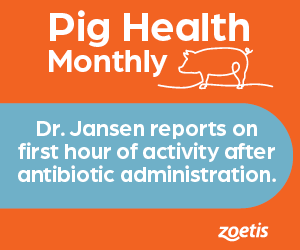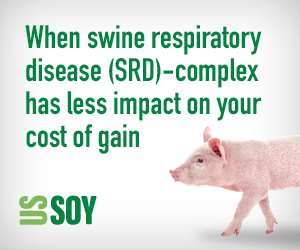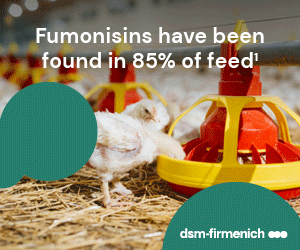



Economic Models Give Insights Into Global Sustainability Challenges
US - Combining global economics, geography, ecology and environmental sciences is essential to understanding how changes in trade and natural systems in one part of the world affect those in another, a review concludes.Tom Hertel, professor of agricultural economics, collaborated with an interdisciplinary team of experts led by Jianguo Liu of Michigan State University to determine how systems integration - using holistic frameworks to model many components of both human and natural systems - could shed insights on how activities in one part of the world can have significant impacts on distant regions.
Hertel said these multivariable models could help policymakers make better-informed decisions, further scientists' understanding of the links between trade and the global environment, and aid natural resource managers in making management choices that will sustain resources such as clean water and air for future generations.
"We live in an increasingly integrated global economy and society," he said. "The planet itself is a single system - a change in one place affects another. Models that can capture these complex relationships between trade and the environment are key to creating solutions to our most pressing sustainability challenges."
The review of more than 100 studies concluded that analyses that do not take multiple dimensions - such as space and time - and disciplines into account risk overlooking important links between different system components.
For example, current greenhouse gas emissions could have long-lasting effects on the climate of the future, altering agricultural productivity, sea levels and the transmission of pests and disease. These effects can in turn influence greenhouse gas emission levels - for instance, clearing more land for agriculture adds carbon dioxide to the atmosphere.
"Systems integration provides crucial global perspective on problems that previously may have only been studied at a local or regional level," Hertel said.
He offered the example of biofuels production in the US as one that could have benefited from the insights systems integration can provide.
Previous "farm-to-fuel tank" analyses showed that production of corn ethanol could reduce annual carbon dioxide emissions in the US. Aided by this research, policymakers passed the Renewable Fuels Standard requiring that fuel sold in the US contain a certain amount of renewable fuels, such as corn ethanol.
But the analyses had missed key components of global trade and land use, Hertel said: While land in the US previously used to grow corn for food switched to corn for grown for ethanol, the global demand for corn for food and livestock did not decrease.
This could cause other countries to clear land for crops, releasing additional carbon dioxide through the land conversion process.
Hertel and fellow researchers used systems integration modeling to show that, over a 30-year production period, emissions from land use change would largely offset the direct gains from producing the mandated amount of corn ethanol.
"It turns out that the global effects of this U.S. policy are quite large - clearly large enough to call into question the regional benefits of ethanol production," he said. "Biofuels are a great example of how the absence of a systems integrated approach led to misleading advice and misguided policy."
The review cites the Global Trade Analysis Project, a free global database founded by Purdue, as an example of a modeling tool that can be used to show the interactions between ecological and environmental systems. GTAP describes trade flows around the world and breaks down economic trade by sector. It also integrates trade with land use and the greenhouse gas emissions that can result from changing land use.
"We've been working to bring in more dimensions of bioscience and ecology to GTAP," Hertel said. "It's a workhorse for this kind of modeling."
The paper was published Thursday (February 26) in Science.
















